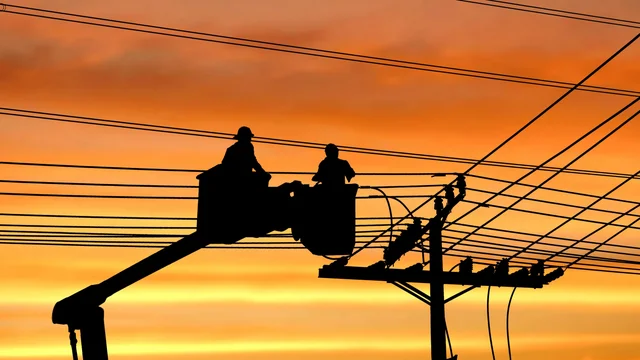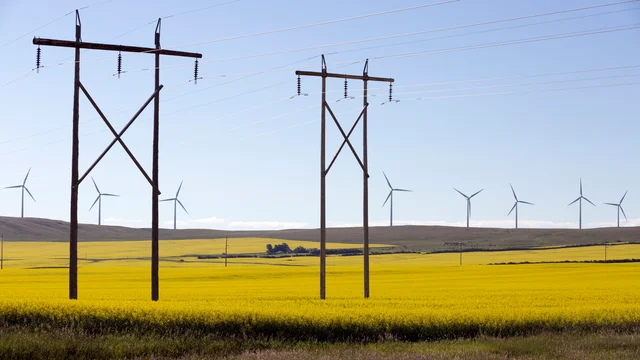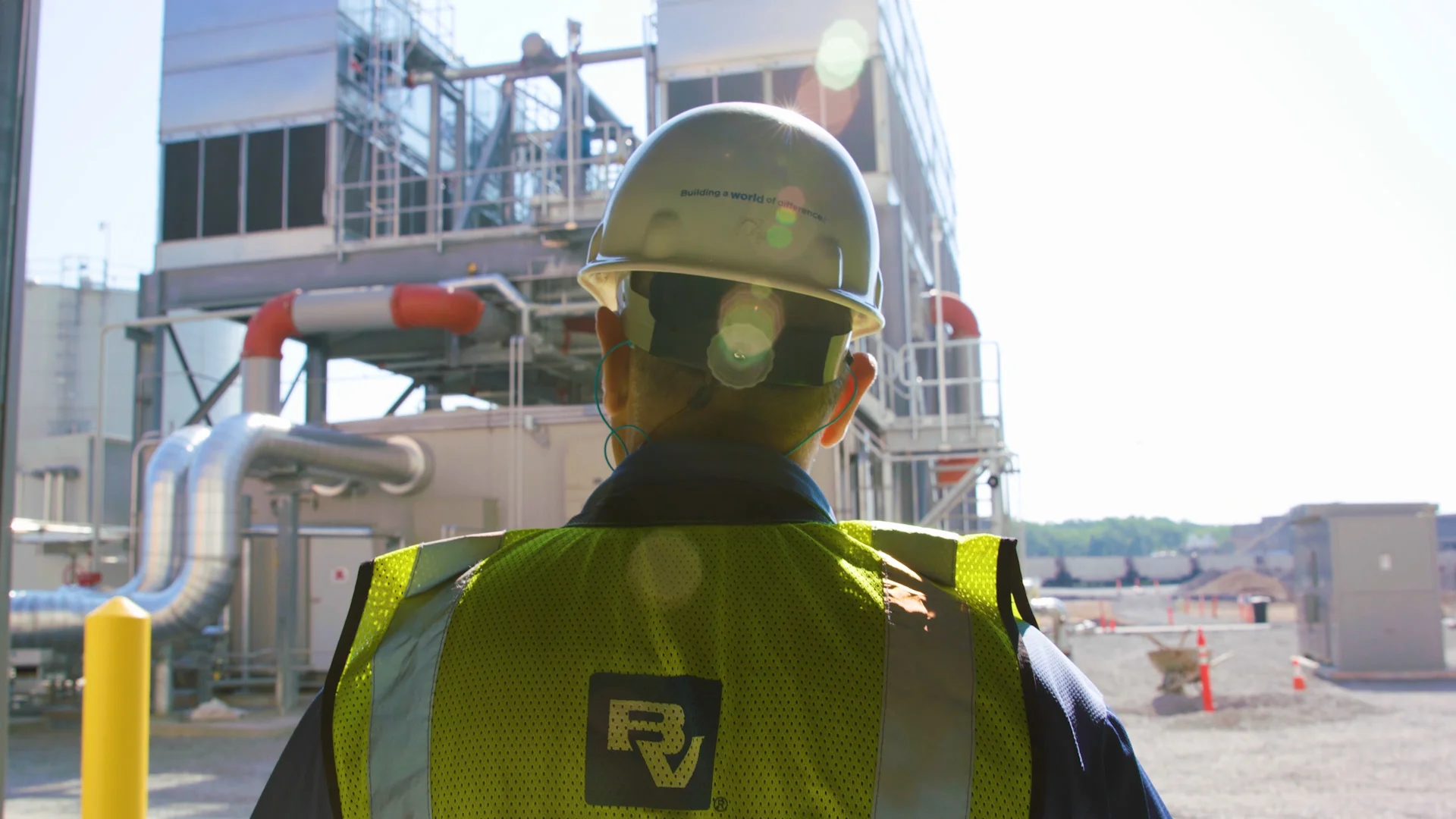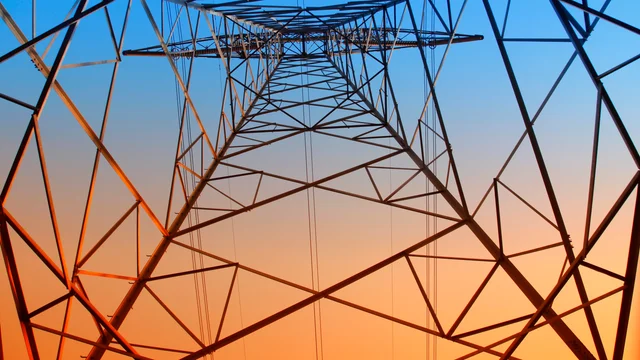
Engineering the Future: Key Considerations for EHV Transmission Systems

As the demand for reliable and efficient energy transmission grows, the engineering behind Extra High Voltage (EHV) transmission systems becomes increasingly critical. These systems not only facilitate the movement of electricity over vast distances but also ensure that our power grids remain stable and resilient. In this exploration, we’ll delve into the essential technical and engineering considerations that underpin the design and implementation of EHV transmission lines.
Electrical Clearance: A Safety Priority
In the realm of high-voltage systems, maintaining adequate electrical clearance is fundamental. Larger clearances between conductors and the ground or nearby structures are essential to prevent electrical arcing. The National Electrical Safety Code® (NESC®) outlines minimum safety requirements, but engineers often incorporate design buffers to account for various uncertainties. These buffers can include factors such as setting depths, wire stringing, easement use, slip joint variances, and potential grade changes, ensuring a comprehensive approach to safety.
Stronger Towers: The Backbone of EHV Systems
EHV systems demand robust and resilient transmission towers capable of supporting heavier conductors while maintaining necessary clearances. This requires thorough structural analysis of existing towers and careful review of specifications to ensure they can withstand expected loads, including wind, ice, seismic events, and the weight of conductors. For instance, when existing towers needed modifications to accommodate a new 6-bundle conductor assembly, Black & Veatch rose to the challenge by designing a new series of guyed-vee lattice steel towers for a utility’s 765 kV transmission line project.
Insulation: Protecting Against the Elements
The insulation systems used in EHV lines are engineered to endure higher mechanical and electrical stresses, as well as extreme environmental conditions. Options such as ceramic, non-ceramic, and toughened glass insulators are employed to ensure reliability. Electrical studies play a crucial role in determining the optimal length, geometry, and electrical properties for specific voltages. Evaluating insulation must also consider factors like power frequency and switching surge and lightning impulses, tailored to the unique conditions of each transmission site.
Vibration Control: Ensuring Longevity and Reliability
With higher voltages and larger spans come increased risks of aeolian vibration and conductor oscillation. These vibrations can induce mechanical stresses and lead to hardware damage over time. To combat this, engineers implement vibration dampers and spacers, which not only enhance system reliability but also minimize damage due to fatigue. By effectively controlling vibrations, you can conserve operational and maintenance costs, ensuring that EHV lines remain efficient and durable.
Conclusion: Engineering a Sustainable Energy Future
The engineering considerations for EHV transmission systems are not just technical requirements; they are vital components of a sustainable energy future. By prioritizing electrical clearance, strengthening tower designs, optimizing insulation, and managing vibrations, we can create a robust infrastructure that meets the growing demands of our energy landscape. As we continue to innovate and adapt, the role of engineering in shaping reliable and efficient power transmission will be more crucial than ever. Together, we can pave the way for a resilient energy grid that supports our communities and the environment for generations to come.
This article is an excerpt from The high stakes of extra high voltage: engineering effective EHV transmission lines. Read on for more insights.
Contact Us
Looking for a partner in innovation?
Let's Talk


